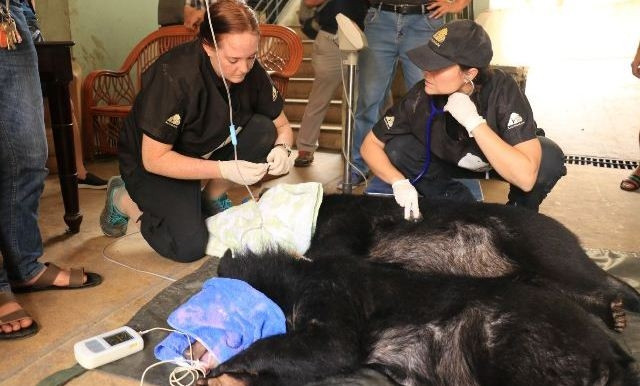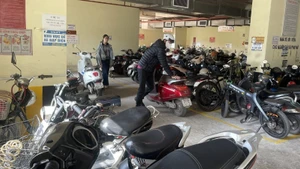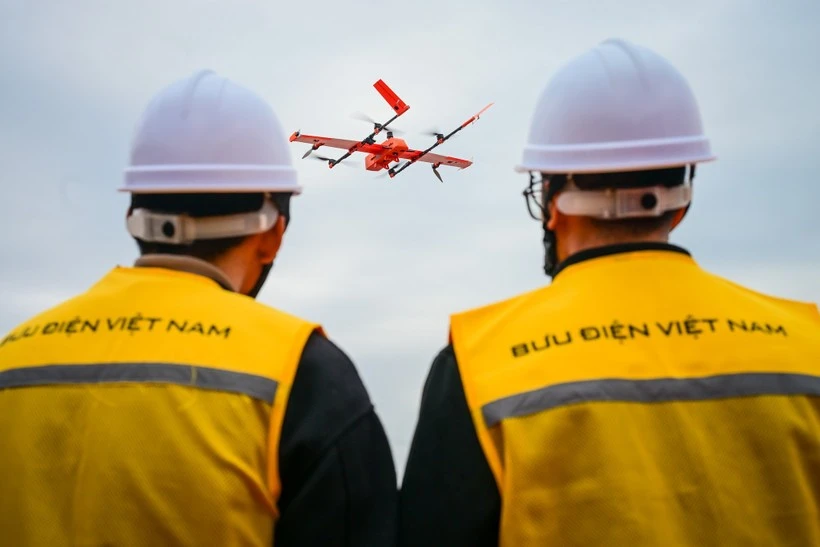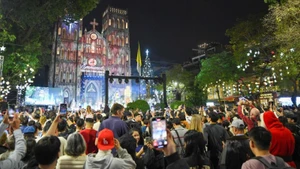The move has raised public opinion that it is time for parks and zoos to build a roadmap to return wild animals to their natural habitats because what wild animals have to do at circuses and zoos is not much different: they are all tamed to entertain people.
By walking around Hanoi Zoo, one can witness the lives of animals in captivity. Those viewed as dangerous to humans such as tigers, leopards, bears, lions, and monkeys are locked in cages surrounded by many layers of mesh while gentle animals such as elephants, deer, zebras, and ostriches are separated from zoogoers by moats or metal fences.
People used to think that zoos were venues for sightseeing and entertainment as well as a place for the research and conservation of wildlife, contributing to education and the preservation of the natural environment. However, this perception has changed in many countries around the world, and it is even considered a questionable way to educate children.
Visiting Hanoi Zoo, we can easily see monkeys catching lice behind a thick and narrow steel net cage, hippos hiding themselves from the sun in a cement pond that is quite small as compared to their bulky bodies, elephants swinging their huge bodies with metal chains locked on their legs.
A child once saw a big elephant only tied by a rope on a leg but it is obediently stood in its area at a zoo. The zoo warden tied the elephant’s leg with this rope since it was little. It tried in vain many times to escape from the rope. When it grew up, it bears in mind that it will never get rid of that rope, thus there is no need for the warden to replace the rope with a metal chain.
After witnessing the elephant’s situation, the child declared he never wanted to be in that situation and vowed not to come to the zoo again. Some other children expressed their displeasure at the capturing of animals who should be allowed stay in the wild. In this case, the educational function of the zoo turned counterproductive.
A zoo located in a densely populated city also hides unpredictable dangers as evidenced at the end of 2011, when a tiger almost escaped from Hanoi Zoo by breaking the protective fence.
It is time to design wildlife or semi-wildlife zoos which should be far from the city center, with hills, grass, and an environment suitable for wild animals.
Many countries in the region have been very successful in building such a model, which helps educate visitors, particularly children, about biodiversity, the ecological balance and environmental protection. These places are not only attractive and interesting tourist sites but also generate significant economic benefit.
An art book about wildlife entitled ‘Chang Hoang Da – Gau’ (Saving Sorya, Chang and The Sun Bear), by Vietnamese writer Trang Nguyen gained big success and will now be released in the UK in September following a copyright agreement signed by the book’s publisher, Kim Dong Publishing House, and its partner, Pan MacMillan.
The book features the journey of Chang, a young girl with lofty dreams of saving endangered wild animals. The release of the book in a foreign country shows that wildlife protection is a global topic always receiving international attention.
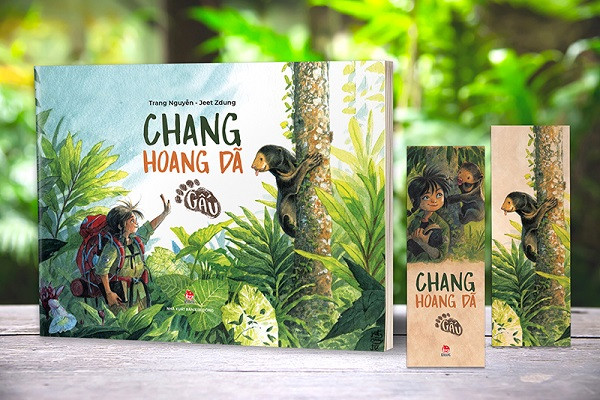
Cover and bookmarks from 'Chang Hoang Da - Gau' (Saving Sorya, Chang and The Sun Bear), an art book dedicated to wildlife, available in English. (Photo: Kim Dong Publishing House)
